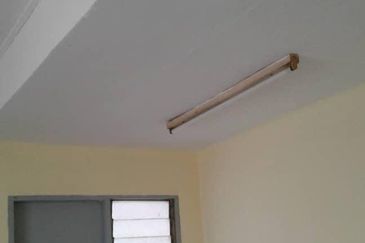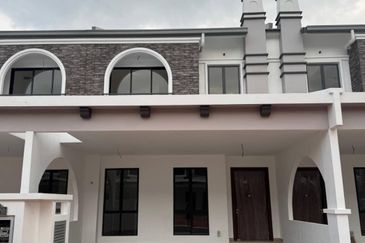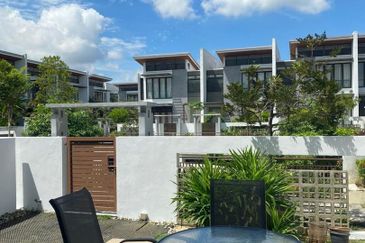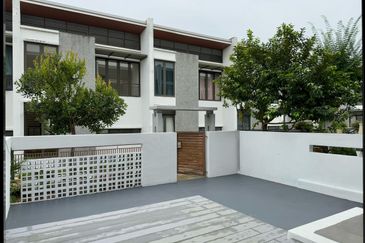KUALA LUMPUR (Oct 27): The surging cost of manufacturing materials and shipping could threaten 50 gigawatts (GW) — a staggering 56% — of the 90GW of global utility photovoltaic (PV) developments planned for 2022.
According to Norway-based independent energy research and business intelligence company Rystad Energy, commodity price inflation and supply chain bottlenecks could lead to the postponement or even cancellation of some of these projects, impacting demand and consumer pricing for solar-generated power.
It said that driven by core component price inflation, manufacturing costs for PV modules have surged from below US$0.20 per watt peak (Wp) in 2020 to between US$0.26 (RM1.08) and US$0.28 per Wp in the second half of 2021 — a near 50% increase in a year.
Rystad said a significant driver of this surge is a more than 300% hike in the cost of polysilicon, a core component in PV manufacturing.
In addition, other raw materials — silver, copper, aluminium and glass — have also climbed steadily since January 2020, increasing the pressure on module prices.
Rystad senior renewables analyst David Dixon said the utility solar industry is facing one of its toughest challenges just days ahead of COP26.
“The current bottlenecks are not expected to be relieved within the next 12 months, meaning developers and offtakers will have to decide whether to reduce their margins, delay projects or increase offtake prices to get projects to financial close," he said.
Rystad said in addition to materials cost inflation, shipping is another element in the supply chain causing considerable challenges for developers and module suppliers.
It said the cost of shipping continues to rise, playing more of a role in overall production capital expenditure.
Before 2021, the cost of PV shipping had a minimal impact on the overall production cost. However, pandemic-era shipping delays and bottlenecks have resulted in a near 500% increase in prices, from US$0.005 per Wp in September 2019 to US$0.03 per Wp in October 2021.
Modules and their associated shipping costs typically comprise between a quarter and a third of the total project capex and together represent the single-largest item of a project's cost.
When the cost of modules — and shipping — increases, it can significantly impact project economics, said Rystad.
Get the latest news @ www.EdgeProp.my
Subscribe to our Telegram channel for the latest stories and updates
TOP PICKS BY EDGEPROP

Sri Meranti, Bandar Sri Damansara
Bandar Sri Damansara, Selangor

Ayuman Suites Serviced Residence
Gombak, Selangor

KSL Residence 2 @ Kangkar Tebrau
Johor Bahru, Johor

Eastern Heritage, Setia Eco Glades
Cyberjaya, Selangor

Isle of Kamares, Setia Eco Glades
Cyberjaya, Selangor

Liu Li Garden, Setia Eco Glades
Cyberjaya, Selangor




















